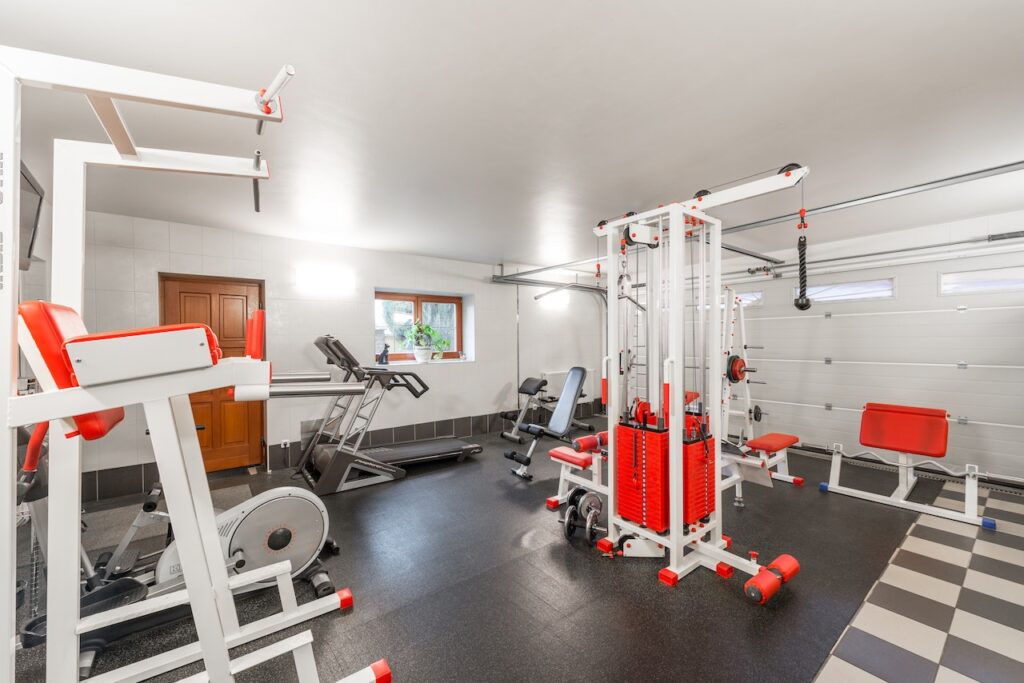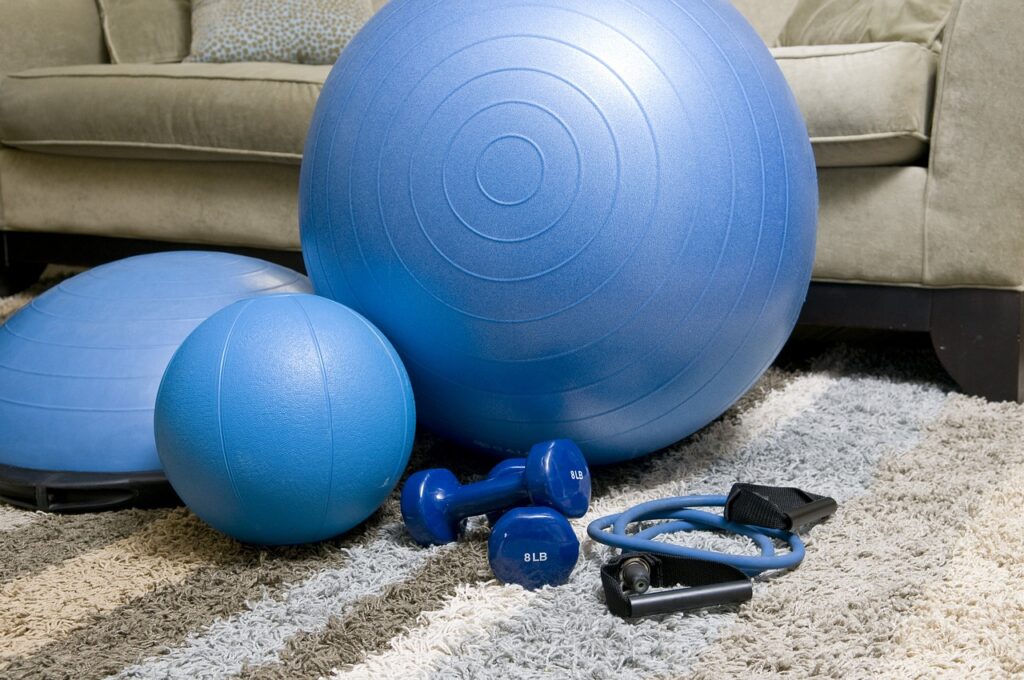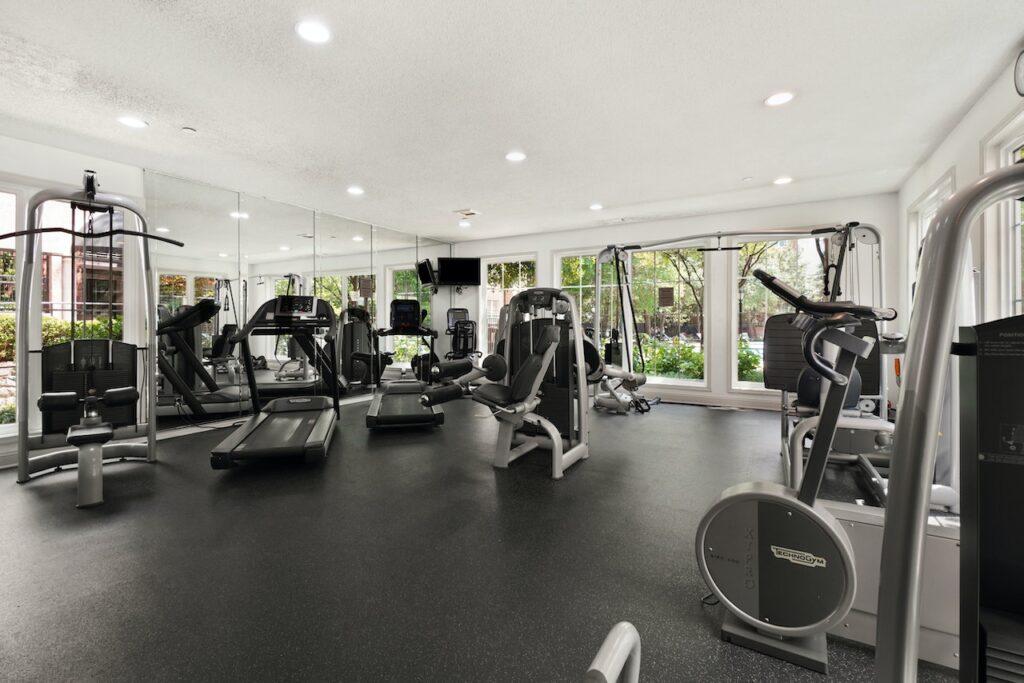Get the Most Out of Your Home Gym - Key Features to Look For in Equipment
The pandemic led to a massive surge of interest in building out home gyms, as lockdowns shuttered fitness centers across the country. With health and safety concerns still looming, many are choosing to continue working out at home even as public gyms reopen.
Investing in quality home gym equipment is the first step towards being able to recreate the gym experience in the comfort of your own space. But not all equipment is created equal when it comes to optimizing limited square footage while still enabling effective strength training, cardio and more.
As a fitness journalist who has tested endless equipment and layouts, I’ve identified the key features to look for when researching purchases to build the home gym of your dreams. Read on for an in-depth guide on must-have characteristics like space saving design, adjustability, durability and connectivity.

Maximize Limited Space with Compact Equipment
For city dwellers and suburbanites alike, lack of space is one of the biggest barriers to creating a functional home gym. Bulky equipment like treadmills, rack systems and bench presses have traditionally required a dedicated room or garage.
Thankfully, many companies now offer space-saving options perfect for working out in smaller homes, apartments and condos without sacrificing features.
Look for foldable and collapsible equipment that can be easily stowed out of the way, taking up minimal floor space when not in use. Many treadmills, ellipticals, rowers and exercise bikes now offer fold-up designs to slide under a bed or lean vertically against a wall.
The same goes for versatile bench presses that fold up, compact modular dumbbells and squat racks with reduced footprints. Even larger items like multi-station cable machines are available in configurations optimal for tight corners.
Multi-functional equipment is also ideal for maximizing limited square footage while enabling a complete routine. Adjustable benches that incline, decline and flatten out enable a range of exercises from chest presses to sit ups. Similarly, power towers function as pull up bars, dip stations and more in one vertical unit.
When possible, opt for wall-mounted options for equipment like TVs, mirrors and storage to save floor area. You can create an entire home gym in a surprisingly small area by strategically selecting space-saving equipment and optimizing vertical storage space.

Adjustability Provides Customization for Any User
One-size-fits all typically doesn’t apply when it comes to getting an effective and safe workout. Adjustable equipment tailored to your unique proportions, strength levels and range of motion is crucial, especially if multiple family members will be sharing the home gym.
The primary area where adjustability comes into play is resistance, such as stack weights and cable machines that allow you to easily increase or decrease weight amounts. This enables progressive strength training by gradually increasing resistance as your fitness level improves.
Look for a wide range of weight increments, number of pulleys and positional adjustments to provide full customization. Features like adjustable seats, handles and lever arms also help modify equipment to suit your height and body mechanics.
Many cardio machines like rowers allow you to tweak resistance levels to make the workout more or less challenging. And accessories like padded seats and foot plates on rowers or bikes should offer flexible adjustments to accommodate users of all sizes.
In addition to physical adjustments, some connected equipment gives personalized customization via your workout data and programming preferences. For example, smart strength training machines auto-adjust weight, volume and rest time based on your performance and goals.

Durability and Quality Support Long-Term Use
Working out at home places extra wear and tear on equipment compared to sporadic use at a commercial gym with professional maintenance. Investing in machines and accessories made from commercial-grade materials that can withstand years of dedicated use is well worth the extra cost.
Look for equipment constructed from heavy-gauge steel tubing for frames and weight stacks. Avoid flimsy plastic parts that deteriorate over time. Quality padding made from long-lasting, high-density foam is also essential for maintaining comfort and support.
Top brands thoroughly research and test equipment designs using biomechanical engineering and data to optimize performance and safety. Rigorous protocols evaluate structural integrity and identify potential failure points before products reach the market.
You’ll also want multi-year warranties that guarantee frame stability and cover repair or replacement of worn out parts like cables, pulleys and handles subject to regular use. It’s smart to read reviews and complaints about durability issues before purchasing particular equipment models or brands.
Some equipment contains audio capability so you can listen to coaching cues, playlists or shows on the machine vs. your smartphone. Others allow you to follow along with classes via your own tablet or TV securely mounted on the machine.
Just be sure integrated screens don’t contribute to an overly bulky footprint, especially for cardio equipment, so measurements are an important consideration.

Connectivity and Tech Offer Engaging Training Options
Advanced technology and connectivity integrated into home gym equipment open up a new world of engaging training content and data tracking. These features enhance motivation while enabling you to gain more value from your equipment purchase.
Many cardio machines like Peloton bikes and NordicTrack treadmills contain built-in screens for accessing on-demand classes, personalized training programs and entertainment like TV and music streaming. This interactivity makes solo workouts more interesting and fast-paced.
Tracking key fitness metrics in real time is another advantage of tech-enabled equipment. Smart consoles display data like reps, sets, speed, time, distance, calories burned, heart rate and more to quantify your performance.
Bluetooth and WiFi connectivity allow you to sync exercise data automatically to fitness apps and wearables. This makes it easy to monitor long term progress and get credit toward daily movement or step goals.

Summary
When researching and investing in home gym equipment, concentrate on selections offering space-saving design, adjustability, durability and connectivity to ensure you can achieve your fitness goals from home. Carefully evaluate which features allow you customize programming for your needs and budget.
The right foundation of quality equipment tailored to your space and training preferences removes obstacles, helps spark consistency and enables you to get fit without ever stepping foot in a gym again.


